-
CATEGORY ::
- All Seeds /
- All Flower Seeds /
- All Physalis Seeds







Cape Gooseberry Seeds
SEASON
Perennial
USDA ZONES
8 - 11
HEIGHT
24 inches
BLOOM SEASON
Spring to mid summer
BLOOM COLOR
Yellow to purple
ENVIRONMENT
Full sun to partial shade
SOIL TYPE
Very adaptable - sandy to clay, pH 5.1 - 6.0
SEASON
Perennial
USDA ZONES
4- 8
HEIGHT
24 inches
BLOOM SEASON
Summer and fall
BLOOM COLOR
White turning to orange
ENVIRONMENT
Full sun to partial shade
SOIL TYPE
Average to moist soil, pH 6.2 - 7.4
DEER RESISTANT
Yes
HOUSE PLANT
No
About...
Cape Gooseberry (Physalis Peruviana) - Start Cape Gooseberry seed to grow this perennial plant that produces golden colored berries. Physalis Peruviana, commonly referred to as Cape Gooseberry, grows to approximately 2 feet tall and is is hardy to zone 8 but is frost tender. Cape Gooseberry plants are in flower from July to October, and the seeds ripen from August to November.MORE PHYSALIS OPTIONS
Planting Directions
TEMPERATURE
75F
AVERAGE GERM TIME
10 - 20 days
LIGHT REQUIRED
Yes
DEPTH
1/16 inch
SOWING RATE
3 seeds per plant
MOISTURE
Keep moist until germination
PLANT SPACING
18 inches

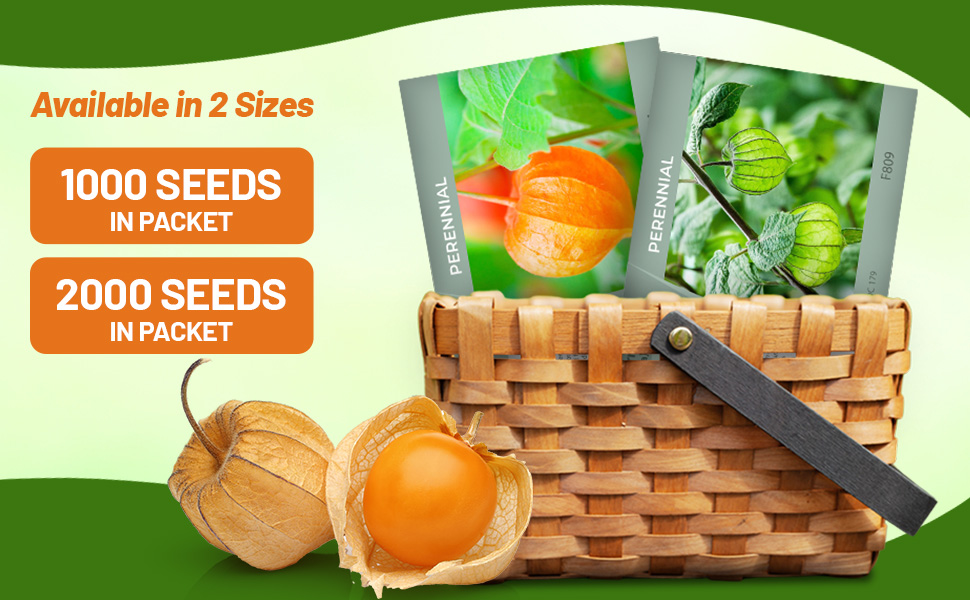
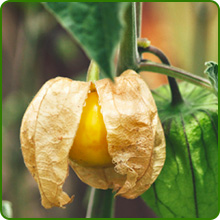
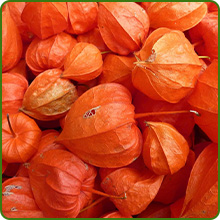
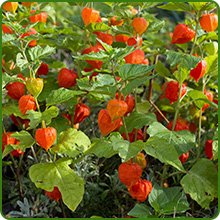
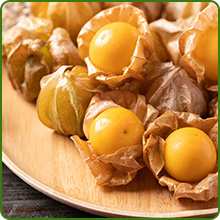
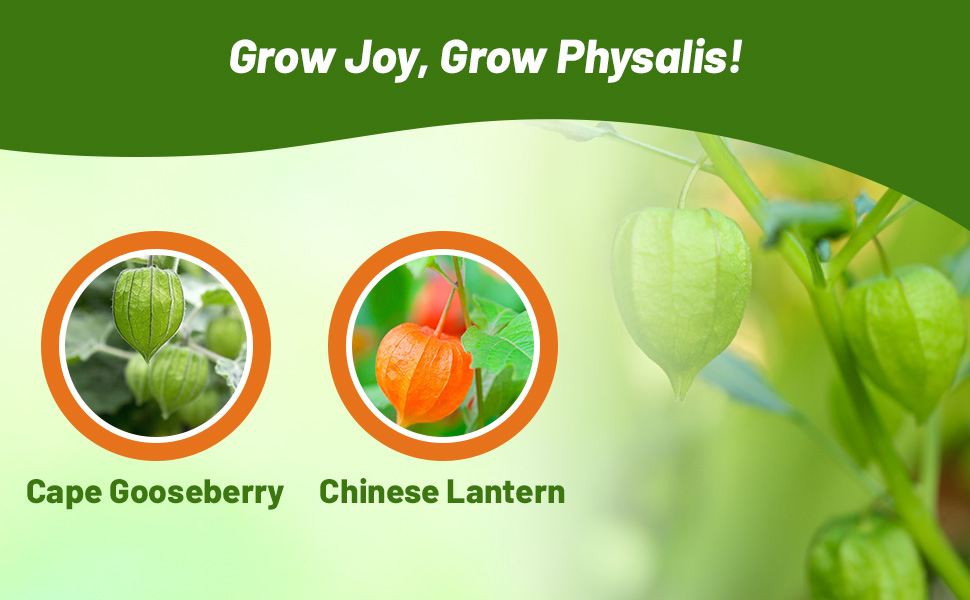
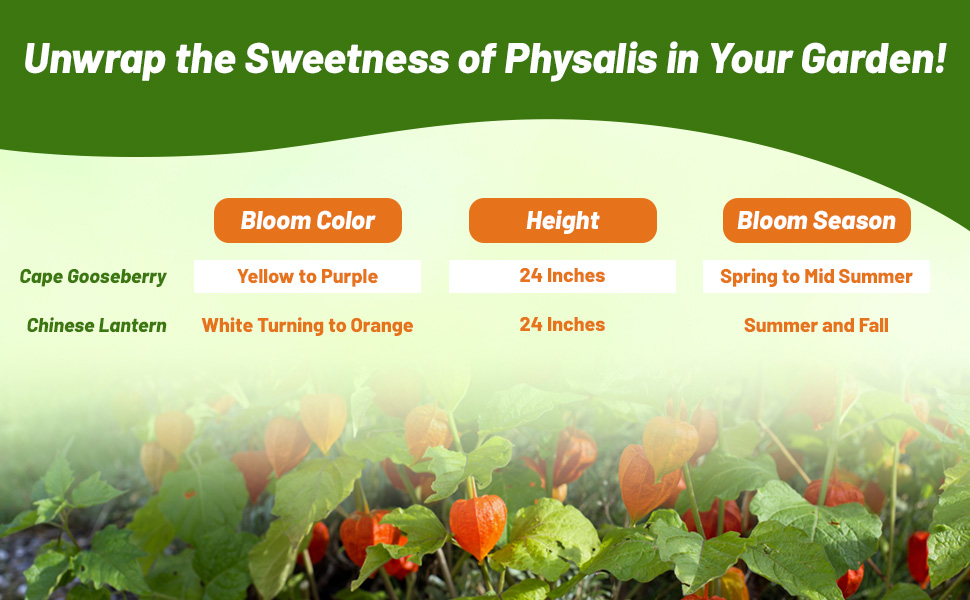
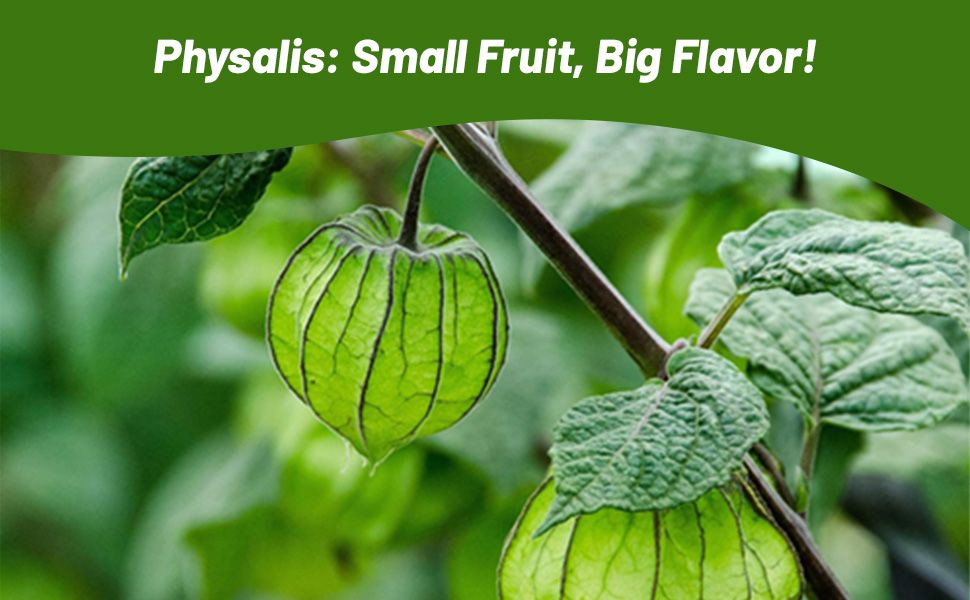
Cape Gooseberry (Physalis Peruviana) - Start Cape Gooseberry seed to grow this perennial plant that produces golden colored berries. Physalis Peruviana, commonly referred to as Cape Gooseberry, grows to approximately 2 feet tall and is is hardy to zone 8 but is frost tender. Cape Gooseberry plants are in flower from July to October, and the seeds ripen from August to November. The flowers are hermaphrodite (have both male and female organs) and are pollinated by bees and wind.
Cape Gooseberry, or also called Goldenberry or Peruvian Ground Cherry, will grow in a wide range of soils from light sandy soils to heavy clay soils. Goldenberry plants prefer soil types that are well-drained. Even if the soil is nutritionally poor, Cape Gooseberry will still grow well, and it prefers acidic soil. Physalis Peruviana is very adaptable and can grow in full sun to partial shade.
Start Cape Gooseberry seeds indoors 6 - 8 weeks before the end of frost season. Cover the seeds with 1/16 inch of soil and keep the Physalis seeds moist. Transplant when temperatures are warm (after tomatoes are set out). The berries will ripen from green to golden yellow when ripe, and they will drop in their husks ready to be collected. Cape Gooseberry is known for its golden yellow, berries. You can use these fruits raw or cooked in pies, cakes, jellies, jams and as a raisin substitute also not as sweet. Goldenberry is considered to have a delicious bitter-sweet flavor.































